The submerged city of Pavlopetri, located off the coast of southern Greece, is believed to be the oldest known submerged city in the world. It represents a fascinating discovery for researchers, shedding light on ancient civilizations and maritime history.
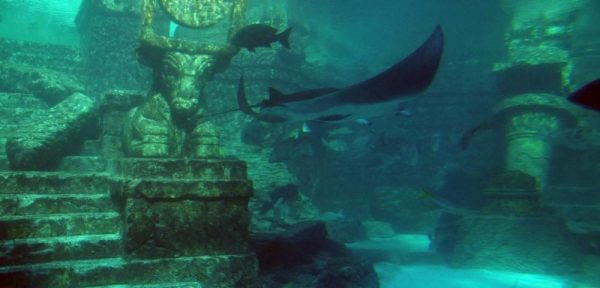
Pavlopetri is an ancient settlement that dates back approximately 5,000 years. Situated just below the surface in Pavlopetri Bay, near the town of Plytra in Greece, it is an archaeological site of great significance. Initially identified by archaeologist Fokion Negris in 1904, the site gained further attention when it was rediscovered by Nicholas Flemming of the University of Southampton in 1967.
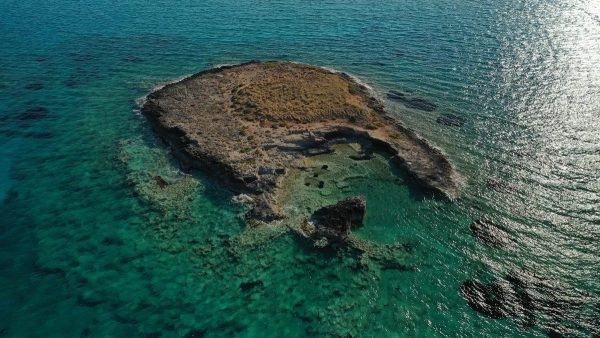
Flemming determined that the Bronze Age city was submerged in what was once a shallow lagoon, with its ruins extending over an area of approximately 300 meters by 150 meters.
The exploration of Pavlopetri revealed a remarkably well-preserved cityscape, including streets, buildings, courtyards, and even graves.
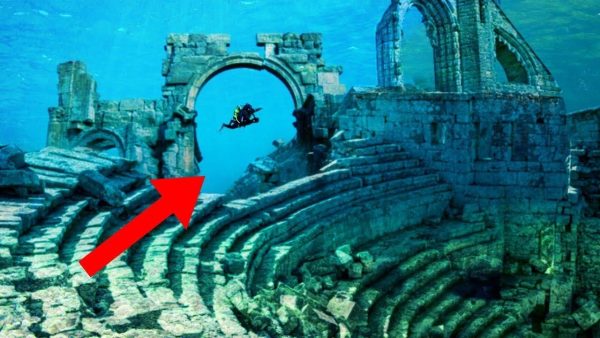
The structures discovered underwater suggest a thriving settlement with evidence of advanced urban planning and construction techniques. Archaeologists estimate that the city flourished from around 2800 BCE to 1100 BCE, spanning the Bronze Age through the early Iron Age.
Excavations at Pavlopetri have unearthed numerous artifacts, providing insights into the daily life, culture, and technology of its ancient inhabitants. Among the discoveries are pottery, tools, and architectural remains, offering clues about trade, social organization, and religious practices during that period.
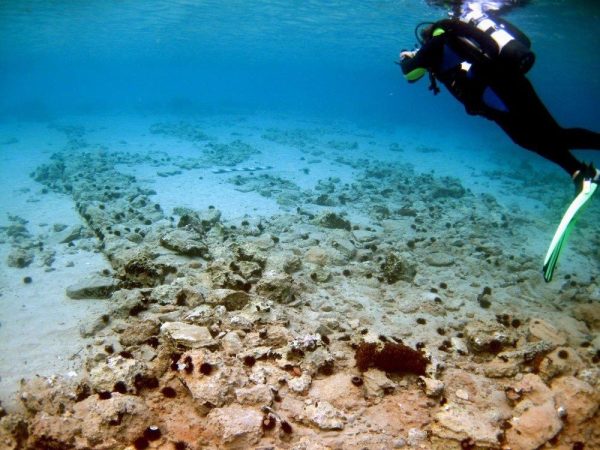
One of the remarkable aspects of Pavlopetri is its well-preserved state, owing to its submersion in the marine environment. This underwater site has provided researchers with a unique opportunity to study an ancient city that has remained relatively untouched for millennia.
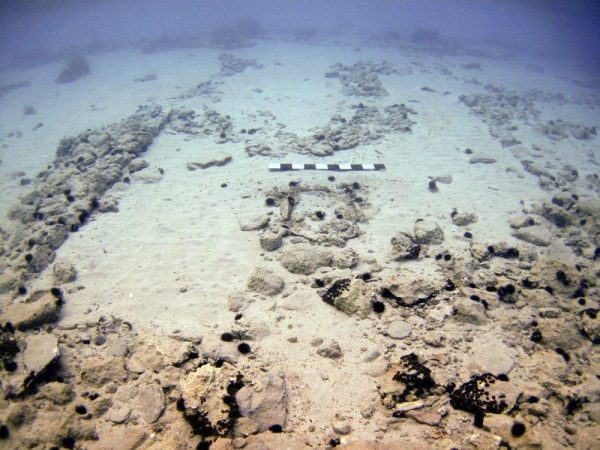
The investigation of Pavlopetri continues to yield valuable information about ancient maritime civilizations and their interactions with the sea. Through careful study and analysis, archaeologists aim to unravel the mysteries surrounding this remarkable submerged city and gain deeper insights into the history of human civilization.





